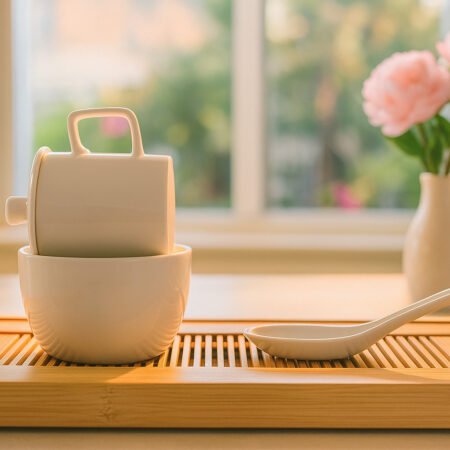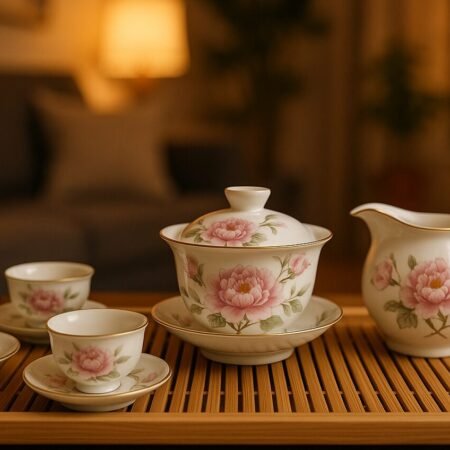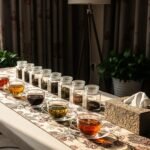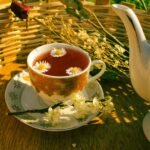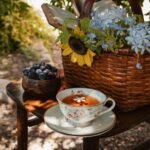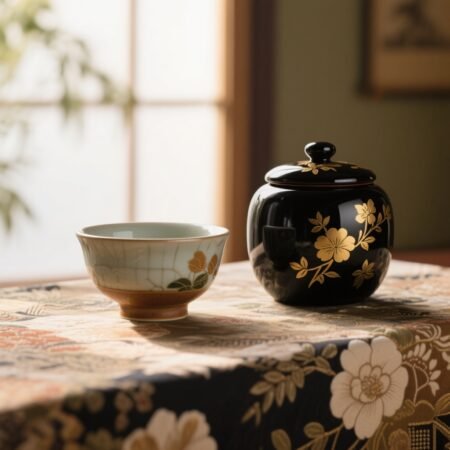
Browse Category
Teaware
Discover the essential tools and vessels that enhance your tea experience through both function and beauty. From everyday brewing equipment to specialized cultural implements, each piece serves a purpose in elevating your tea journey.
23 Articles

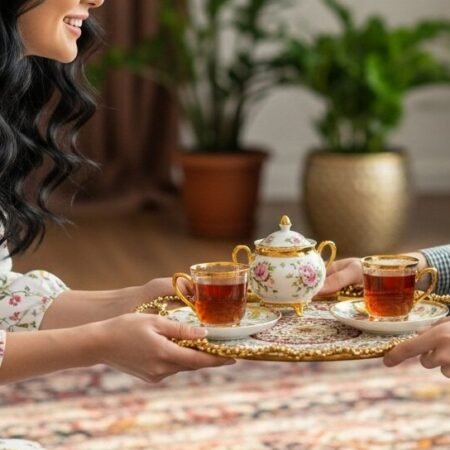
Stylish Tea Trays: Elevate Your Tea Time with the Perfect Tea Tray
August 3, 2025
15 Min Read
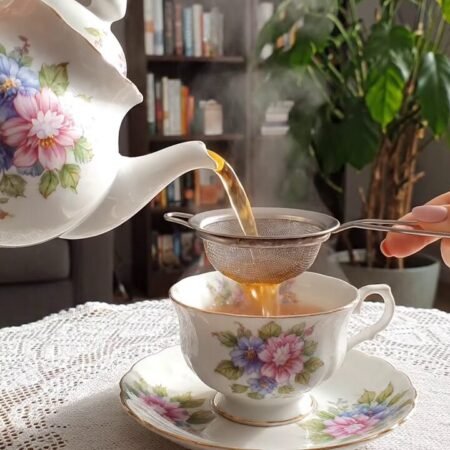
A Guide to the World of Loose Leaf Infusers and Strainers
July 24, 2025
10 Min Read
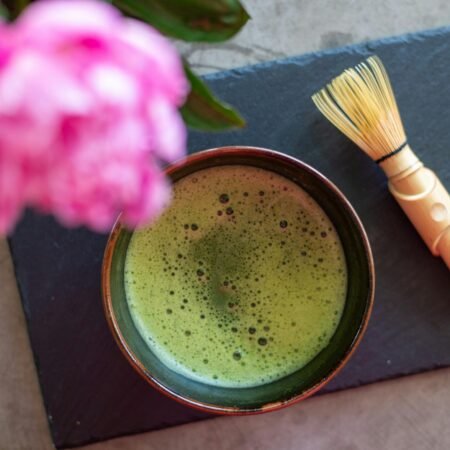
Top Quality Matcha Whisks: Authentic Bamboo Chasen for Japanese Tea in Kyoto
July 22, 2025
11 Min Read
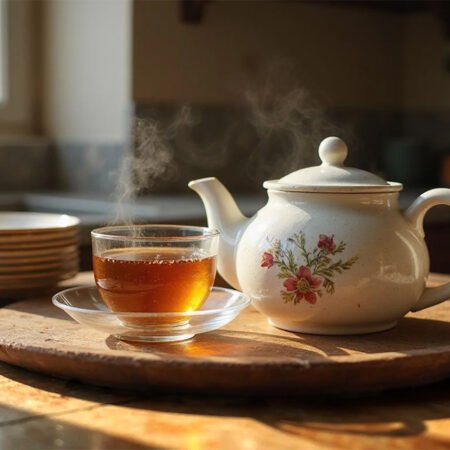
Enhance Your Tea Experience with the Best Teaware for Post-Brewing Tea
July 22, 2025
5 Min Read
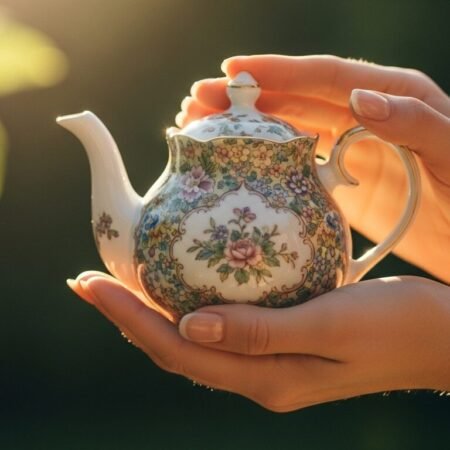
Essential Tips for Teaware Care: Teapot Maintenance, Matcha Rituals & More!
July 20, 2025
12 Min Read

The Ultimate Guide to Tea Brewing Vessels: Brew Your Perfect Cup with Teaware
July 14, 2025
13 Min Read
Featured Articles
Ultimate Guide to How Processing Affects the Taste of Tea
August 5, 2025
Most Delightful Newsletter
Get Our Master Tea Brewing Cheatsheet

